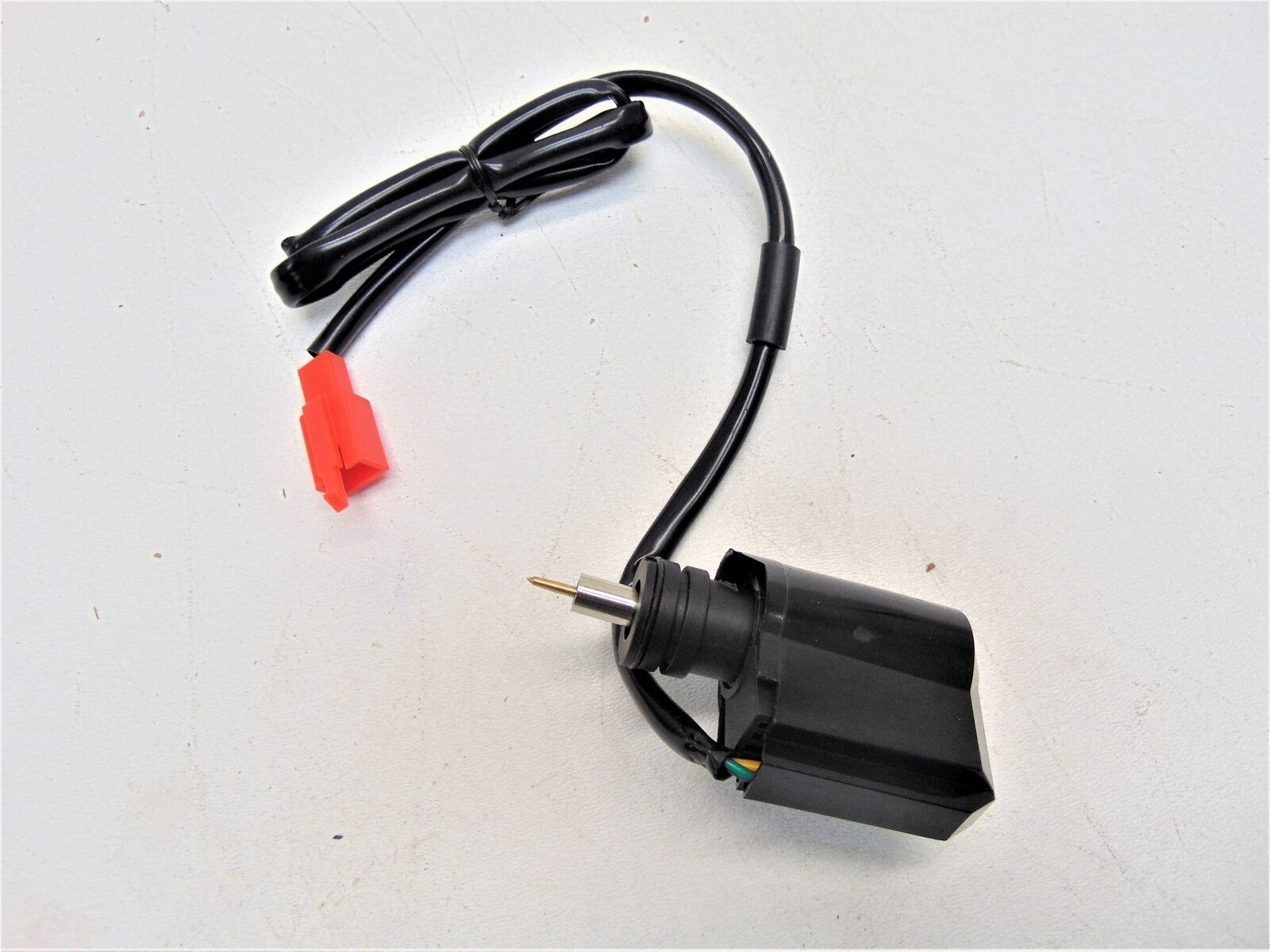

Articles
What Is An Electrical Cord Choke
Modified: January 19, 2024
Learn all about choke and their role in electrical cord safety. Read our informative articles to understand how chokes protect against accidents and ensure proper grounding.
(Many of the links in this article redirect to a specific reviewed product. Your purchase of these products through affiliate links helps to generate commission for Storables.com, at no extra cost. Learn more)
Introduction
When it comes to electrical cords, safety should always be a top priority. Whether you’re using an extension cord to power your tools in the garage or setting up lights for a festive outdoor gathering, it’s important to ensure that your electrical cords are properly secured and protected. One crucial component in achieving this is the Choke.
A Choke may not be a term you hear often, but it plays a vital role in maintaining the safety and functionality of electrical cords. In this article, we’ll delve into what a Choke is, its purpose, the different types available, how it works, and why it’s essential to include it in your electrical cord setup.
So, let’s dive in and discover everything you need to know about the Choke and its importance in keeping your electrical cords secure and hazard-free.
Key Takeaways:
- Chocks are essential for securing electrical cords, preventing accidents, and extending cord lifespan. Understanding their types, proper usage, and safety precautions ensures a safe and efficient electrical setup in any environment.
- Using chocks promotes safety, reduces tripping hazards, and maintains electrical integrity. By choosing the right chock, inspecting regularly, and following safety guidelines, individuals can ensure a secure and reliable connection for their electrical cords.
Read more: What Is An Electrical Cord?
Definition of a Choke
A Choke, also known as a cord restraint or cord grip, is a device specifically designed to secure and stabilize electrical cords. It is typically made of durable materials such as metal, plastic, or rubber and is specifically designed to withstand the rigors of everyday use.
Chocks are available in various shapes and sizes, but they all serve the same fundamental purpose of preventing the accidental disconnection or damage of electrical cords. They are usually attached or integrated into the plug or socket end of the cord and provide a secure grip, minimizing the risk of the cord accidentally unplugging or becoming loose.
One key feature of a Choke is its ability to prevent strain on the cord itself by reducing the stress and tension that can occur when the cord is tugged or pulled. By securely holding the cord in place, a Choke helps to alleviate strain and reduce the likelihood of damage to the cord’s insulation or internal wires.
The primary function of a Choke is to improve the overall safety and stability of electrical cord connections, ensuring that they remain firmly in place and minimizing the risk of tripping hazards or electrical accidents.
It’s important to note that the term “Choke” is primarily used in relation to electrical cords, while in other contexts, it can refer to a device used to prevent the movement of objects, such as wheel chocks used for immobilizing vehicles.
Purpose of a Choke on an Electrical Cord
The main purpose of a Choke on an electrical cord is to enhance safety and stability. It serves as a safeguard against accidental disconnection, damage, and hazards that can result from loose or unsecured cords. Here are some key purposes of using a Choke on an electrical cord:
- Preventing Accidental Disconnection: Properly securing the cord with a Choke helps prevent accidental disconnection, which can lead to power interruptions, loss of data, or even serious injuries. By providing a secure grip on both the plug and the socket, a Choke ensures a reliable connection, especially in high-traffic areas or when the cord is subjected to movements or vibrations.
- Reducing Strain on the Cord: Electrical cords are often subjected to tension and pulling, which can strain the cord and potentially damage its insulation or internal wires. A Choke acts as a cushion, absorbing some of the force and reducing strain on the cord when it is pulled or tugged. This helps prolong the lifespan of the cord and maintains its electrical integrity.
- Preventing Tripping Hazards: Loose or dangling cords can pose tripping hazards, particularly in busy environments or areas with foot traffic. A Choke secures the cord in place, minimizing the risk of accidental trips or falls. By keeping the cord neatly arranged and out of the way, a Choke helps maintain a safe working or living environment.
- Protecting the Cord’s Insulation: The insulation of electrical cords protects against electrical shocks and short circuits. When a cord is not properly secured, it can become exposed to sharp edges, rough surfaces, or excessive bending, potentially compromising the integrity of the insulation. A Choke acts as a shield, keeping the cord protected and extending its lifespan.
Overall, the purpose of a Choke on an electrical cord is to ensure a safe, secure, and reliable connection while minimizing the risk of accidents, damage, and tripping hazards. Incorporating a Choke into your electrical cord setup is a proactive measure that promotes safety and longevity, both for the cord itself and for the individuals using it.
Types of Chocks
There are several types of chocks available, each designed to meet specific needs and requirements. The choice of Choke depends on factors such as the type of cord, the application, and the level of security desired. Here are some common types of chocks:
- Plug-In Chocks: Plug-in chocks are attached directly to the plug end of the electrical cord. They often feature a clip or clamp mechanism that securely holds the plug in place once it is inserted into a socket. Plug-in chocks are convenient and easy to use, making them popular for home use, DIY projects, and general electrical cord applications.
- Socket-Mounted Chocks: Socket-mounted chocks are designed to be directly affixed to the socket or outlet itself. They typically feature a grip or restraint mechanism that holds the cord securely in place when it is plugged in. Socket-mounted chocks provide a firm connection and are suitable for applications where the cord needs to remain plugged in for an extended period.
- Rubber Cord Grips: Rubber cord grips, also known as strain relief chocks, are designed to provide a secure and flexible connection for round electrical cords. They feature a rubber sleeve that is fastened around the cord and then attached to the plug or outlet. Rubber cord grips offer excellent strain relief and are commonly used in industrial and commercial settings where cords are subjected to heavy use or harsh conditions.
- Cable Chocks: Cable chocks are specifically designed for larger cables or cords, such as those used in heavy-duty construction or industrial applications. They are typically made of rugged materials like metal or reinforced plastic and are equipped with strong clamps or fasteners to securely hold the cable in place. Cable chocks ensure maximum stability and safety for large and heavy cords.
It’s important to choose the appropriate type of Choke based on the specific requirements of your electrical cord setup. Consider factors such as the size and type of cord, the environment where it will be used, and the level of security needed to ensure a safe and reliable connection.
How a Choke Works
Understanding how a Choke works can help us appreciate its importance in securing electrical cords. While the specific mechanisms may vary depending on the type of Choke, the fundamental principle remains the same: to provide a secure grip that prevents the cord from coming loose or being accidentally unplugged.
Typically, a Choke is designed with a combination of mechanical features and materials that ensure a solid connection. Let’s explore the general working principle of a Choke:
- Grip Mechanism: Chocks utilize various grip mechanisms to hold the cord securely in place. This can include clips, clamps, or sleeves that exert pressure on the cord, preventing it from slipping out. The grip mechanism is typically adjustable to accommodate cords of different thicknesses and provide a tight fit.
- Friction and Tension: The material used in the construction of the Choke plays a crucial role in its functionality. For example, rubber chocks often use friction to provide a secure grip on the cord. The rubber’s gripping properties combined with the tension created by the Choke’s design help to hold the cord firmly in place. Similarly, other chocks may use metal or plastic components that offer a strong and reliable grip.
- Secure Housing: Chocks are usually equipped with a housing or casing that surrounds the grip mechanism. This housing not only protects the internal components but also provides structural support and stability. It ensures that the Choke remains firmly in place and prevents any movement that could compromise the connection.
- Compatibility: Chocks are specifically designed to be compatible with various plug and socket types. They are engineered to align with the specific dimensions and requirements of different electrical plugs and outlets. This ensures a snug and secure fit, minimizing any risk of the cord inadvertently coming loose or being disconnected.
By incorporating these features, a Choke works by securely holding the electrical cord in place, preventing accidental disconnection, reducing strain on the cord, and maintaining a stable and safe connection throughout its use.
It’s important to note that while chocks significantly enhance the security of electrical cords, they are not foolproof. Regular inspection and maintenance of both the Choke and the cord are essential to ensure optimum performance and safety.
A chock on an electrical cord is used to reduce electromagnetic interference and improve the performance of the device. It helps to suppress noise and ensure a cleaner power supply.
Read more: What Are Cloth Covered Electrical Cords
Importance of Using a Choke on Electrical Cords
Using a Choke on electrical cords is of utmost importance for several reasons. It not only enhances safety but also prolongs the lifespan of the cords themselves. Here are some key reasons why using a Choke is essential:
- Prevent Accidental Disconnection: One of the primary reasons for using a Choke is to prevent accidental disconnection of electrical cords. Whether it’s due to inadvertent tugs, movements, or even pets, a loose or unplugged cord can lead to power interruptions, equipment damage, or even electrical hazards. By securely gripping the cord, a Choke helps maintain a reliable and uninterrupted power supply.
- Reduce Trip Hazards: Loose or dangling cords can create trip hazards, especially in high-traffic areas or when cords need to cross walkways. Tripping over cords can result in injuries to individuals and damage equipment that may be connected to the cord. By keeping cords firmly in place, a Choke helps minimize tripping hazards and promotes a safer environment.
- Extend Cord Lifespan: Excessive strain, tension, and repeated pulling can cause damage to electrical cords over time. A Choke helps reduce the strain on the cord by providing a secure grip and preventing unnecessary bending or stretching. By minimizing stress on the cord, a Choke helps extend its lifespan and ensures its continued functionality.
- Maintain Electrical Integrity: Maintaining the electrical integrity of cords is crucial to prevent electrical accidents such as short circuits or electrocution. Without a Choke, cords can become loose or disconnected, leaving exposed wires vulnerable to contact with water, sharp objects, or other elements that could cause damage or electrical shock. By securely holding the cord, a Choke helps safeguard against these risks.
- Promote Organization: Using a Choke helps keep cords neatly organized and out of the way. This is particularly important in workspaces or areas where multiple cords are used, such as offices, workshops, or entertainment setups. Well-organized cords reduce clutter and make it easier to identify and troubleshoot any issues that may arise.
Overall, the importance of using a Choke on electrical cords cannot be overstated. It enhances safety, minimizes tripping hazards, prolongs the lifespan of cords, maintains their electrical integrity, and promotes a clean and organized space. Incorporating chocks into your electrical cord setup demonstrates a commitment to safety and responsible cord management.
Common Misconceptions about Chocks
Beyond their importance and benefits, there are a few common misconceptions about chocks that are important to address. These misconceptions can have an impact on how people perceive and use chocks. Let’s debunk some of these misconceptions:
- “Chocks are only necessary for heavy-duty cords”: While it’s true that heavy-duty cords may require more robust chocks, it doesn’t mean that chocks are unnecessary for lighter cords. Chocks provide benefits regardless of the cord’s size or usage. Whether it’s a small electronic device or a heavy-duty power tool, using a Choke can significantly enhance safety and secure the connection.
- “Chocks can cause damage to the cord insulation”: Some people worry that using a Choke may cause damage to the cord’s insulation. However, if used correctly, chocks actually help protect the cord by reducing strain and preventing unnecessary bending or stretching. It’s essential to choose a Choke that is compatible with your cord’s size and material and to follow the manufacturer’s instructions for proper use to avoid any potential damage.
- “Chocks are only needed in commercial or industrial settings”: Another misconception is that chocks are only necessary in commercial or industrial settings where heavy machinery is used. However, accidents or tripping hazards can occur in any setting, including homes, offices, or outdoor events. Using a Choke in any situation where electrical cords are used helps ensure safety and prevent accidents, regardless of the setting.
- “Chocks are not worth the investment”: Some may view chocks as an unnecessary or costly investment. However, the potential costs of accidents, damage to equipment, or injuries that could result from not using chocks far outweigh the initial investment. Chocks are relatively affordable and provide long-term benefits in terms of safety, durability, and prolonging the lifespan of electrical cords.
- “Chocks are just for aesthetic purposes”: Some individuals may mistakenly believe that using chocks is solely for aesthetic purposes, to keep cords neatly arranged. While maintaining an organized space is important, the primary purpose of chocks is to enhance safety and prevent accidents. Their main function is to secure cords and minimize the risk of disconnections, tripping hazards, and damage to cords and equipment.
Understanding the truth behind these misconceptions is crucial in recognizing the importance and benefits of using chocks. Chocks are versatile tools that promote safety, protect cords, and prevent accidents in various settings, regardless of the cord type or usage.
Proper Placement and Use of a Choke
Proper placement and use of a Choke are essential to ensure its effectiveness in securing electrical cords. Here are some guidelines to follow:
- Choose the Right Choke: Select a Choke that is compatible with the cord size and type you are using. Consider factors such as the cord’s diameter, plug type, and voltage rating. Using the appropriate Choke for your specific cord ensures a secure and reliable connection.
- Inspect the Choke: Before use, inspect the Choke for any visible damage or signs of wear. Check for cracks, fraying, or any defects that could compromise its performance. If any issues are detected, refrain from using the Choke and replace it with a new one.
- Position the Choke: Place the Choke near the plug end of the cord or at the socket, depending on the type of Choke. Ensure that the Choke is positioned securely and centered around the cord to provide an even and stable grip. Proper placement prevents the cord from coming loose and minimizes strain.
- Apply Adequate Pressure: Engage the grip mechanism of the Choke and apply sufficient pressure to grip the cord securely. Use the adjustments or fasteners provided to tighten the grip without exerting excessive force that could damage the cord or the Choke itself. Striking the right balance ensures a firm yet safe hold.
- Test the Connection: After applying the Choke, gently tug on the cord to ensure that it remains firmly in place. Check for any slippage or looseness. If the cord slips out easily, readjust the Choke and apply additional pressure until a secure connection is achieved.
- Regularly Check and Adjust: Periodically inspect the Choke and cord for any signs of loosening or wear. Cords may naturally loosen over time due to movement, vibrations, or external factors. Regularly check the connection and make necessary adjustments to maintain a secure and stable grip.
- Follow Manufacturer’s Instructions: Always follow the manufacturer’s instructions provided with the Choke for proper installation and usage. They may provide specific guidelines or precautions that are essential for optimal performance and safety.
By adhering to these proper placement and usage guidelines, you can effectively utilize a Choke to secure your electrical cords, minimize strain, and reduce the risk of accidents or damage.
Safety Precautions when Using Chocks
While chocks are designed to enhance safety and secure electrical cords, it’s important to follow certain safety precautions to ensure their proper and safe use. Here are some essential safety precautions to keep in mind:
- Read and Follow Instructions: Before using a Choke, carefully read and follow the manufacturer’s instructions for installation, adjustment, and usage. Each Choke may have specific guidelines or limitations that should be adhered to for optimal safety.
- Choose Quality Chocks: Invest in high-quality chocks from reputable manufacturers. Quality chocks are more reliable and less likely to malfunction, providing an added layer of safety and durability. Avoid purchasing cheap or counterfeit chocks that may not meet safety standards.
- Avoid Overloading: Do not overload electrical cords beyond their capacity. Check the cord’s amp rating and ensure that the appliances or devices being used do not exceed that rating. Overloading cords can lead to overheating, which may result in fire hazards.
- Inspect Regularly: Regularly inspect both the Choke and the electrical cord for any signs of damage or wear. Look for cracks, fraying, or exposed wires. If any issues are detected, discontinue use and replace the Choke or cord as necessary.
- Never Modify Chocks: Do not modify or alter the chocks in any way. Modifying chocks can compromise their safety features and may result in improper functioning or failure to secure the cord adequately. Only use chocks as intended by the manufacturer.
- Keep Chocks Dry and Clean: Avoid using chocks in wet or damp conditions. Moisture can degrade the Choke’s grip and contribute to electrical hazards. Additionally, keep chocks clean from any dirt, debris, or substances that may interfere with their functionality.
- Use Chocks on Stable Surfaces: Ensure that the Choke and the cord connection are placed on stable and level surfaces. Avoid placing chocks on uneven or slippery surfaces that could compromise their stability or cause them to shift, leading to potential accidents.
- Use Chocks for Intended Purpose Only: Chocks are designed specifically for electrical cords and should not be used for any other purpose. Using chocks for objects other than electrical cords can result in ineffective grip and may lead to accidents or damage.
- Properly Disconnect Cords: When unplugging or disconnecting a cord from a Choke, always grip the plug firmly and avoid pulling the cord itself. Pulling the cord can strain the connection and potentially cause damage to the cord or the Choke.
- Educate Others: If you are using chocks in a shared environment, such as a workplace or event setting, educate others on the proper use of chocks and the importance of securing electrical cords. Encourage a culture of safety and awareness to minimize potential risks.
By following these safety precautions, you can ensure the proper and safe usage of chocks, minimize the risk of accidents or damage to cords, and promote a safe working or living environment.
Read more: What Type Of Electrical Cord To Bury
Conclusion
Securing and protecting electrical cords is crucial for maintaining safety and functionality in various settings. Chocks play a vital role in achieving this by providing a secure grip, preventing accidental disconnection, and reducing strain on the cords. Understanding the importance of chocks and how to use them properly is essential for ensuring safety and prolonging the lifespan of electrical cords.
In this article, we explored the definition of a Choke and its purpose in securing electrical cords. We discussed the different types of chocks available, including plug-in chocks, socket-mounted chocks, rubber cord grips, and cable chocks. Understanding the various types allows users to choose the most suitable Choke for their specific needs.
We also delved into how chocks work, highlighting the grip mechanisms, friction, tension, and secure housing that help hold cords in place. Additionally, we addressed common misconceptions about chocks, emphasizing their necessity for all types of cords, the misconception that chocks can cause damage to cord insulation, and the belief that they are only needed in commercial or industrial settings.
Proper placement and use of chocks were discussed, highlighting the importance of choosing the right Choke, inspecting it for damage, positioning it correctly, applying adequate pressure, testing the connection, and regularly checking and adjusting as needed. Following these guidelines ensures the effective and safe use of chocks.
Lastly, we covered safety precautions to consider when using chocks, such as reading and following instructions, choosing quality chocks, inspecting regularly, keeping chocks dry and clean, and properly disconnecting cords. These precautions help mitigate risks and maintain a safe environment.
In conclusion, using chocks on electrical cords is essential for enhancing safety, preventing accidents, and prolonging the lifespan of cords. By understanding the importance, types, proper usage, and safety precautions associated with chocks, individuals can create a secure and efficient electrical cord setup in any environment.
Frequently Asked Questions about What Is An Electrical Cord Choke
Was this page helpful?
At Storables.com, we guarantee accurate and reliable information. Our content, validated by Expert Board Contributors, is crafted following stringent Editorial Policies. We're committed to providing you with well-researched, expert-backed insights for all your informational needs.
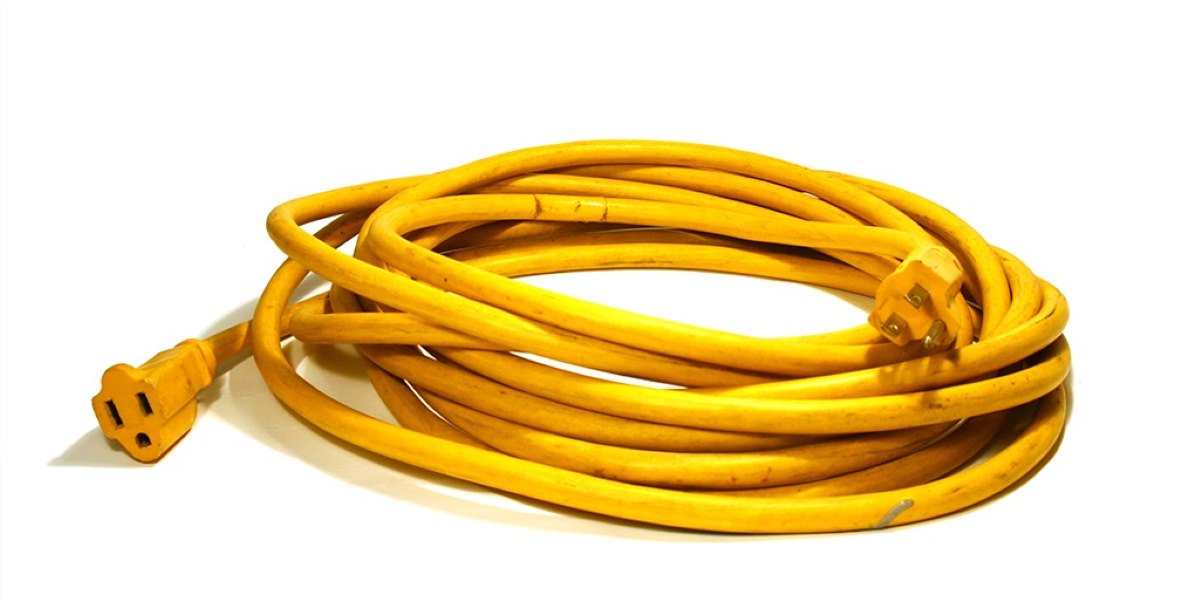
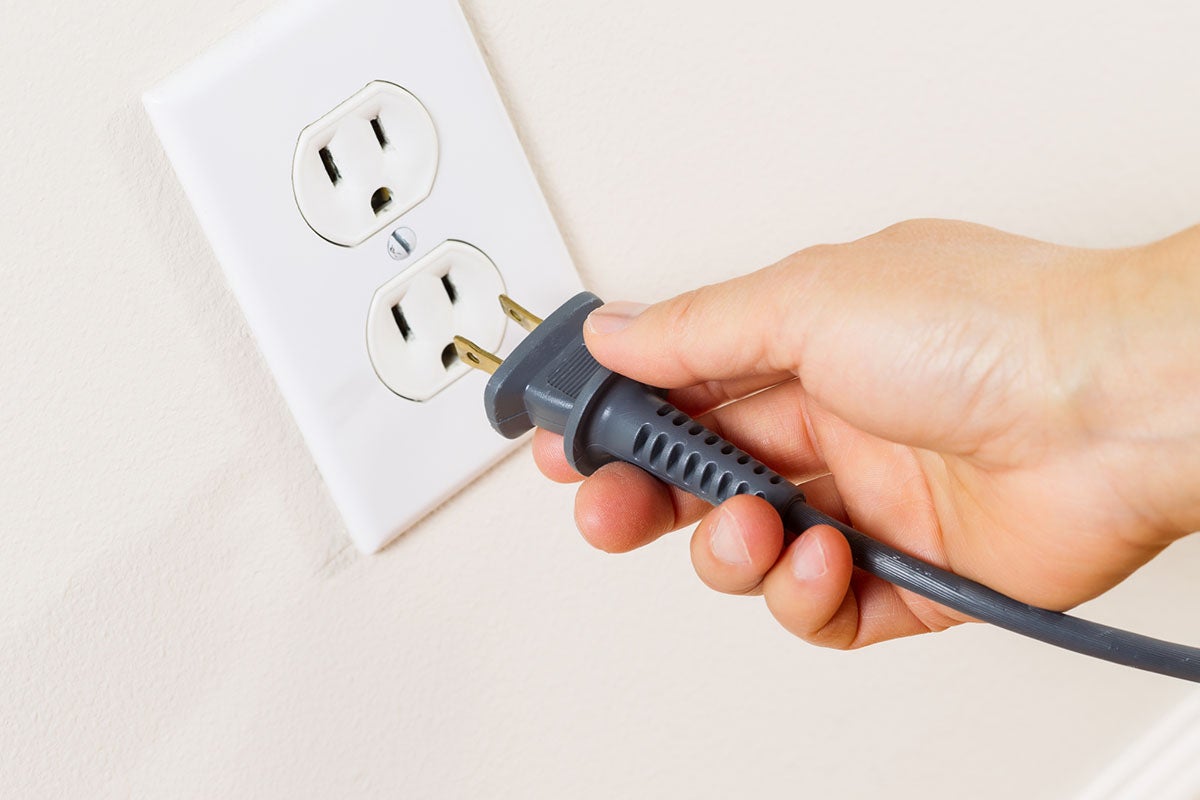
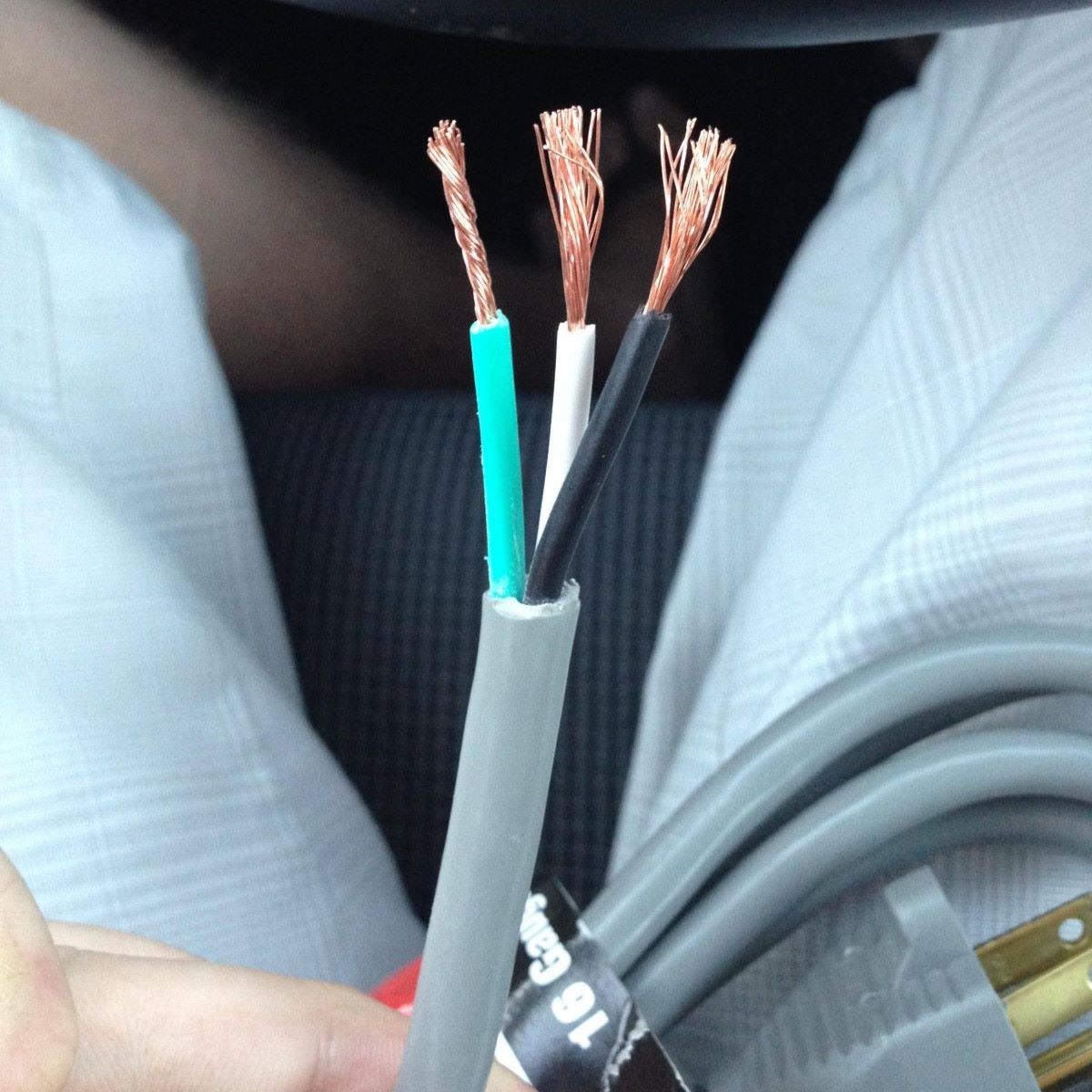
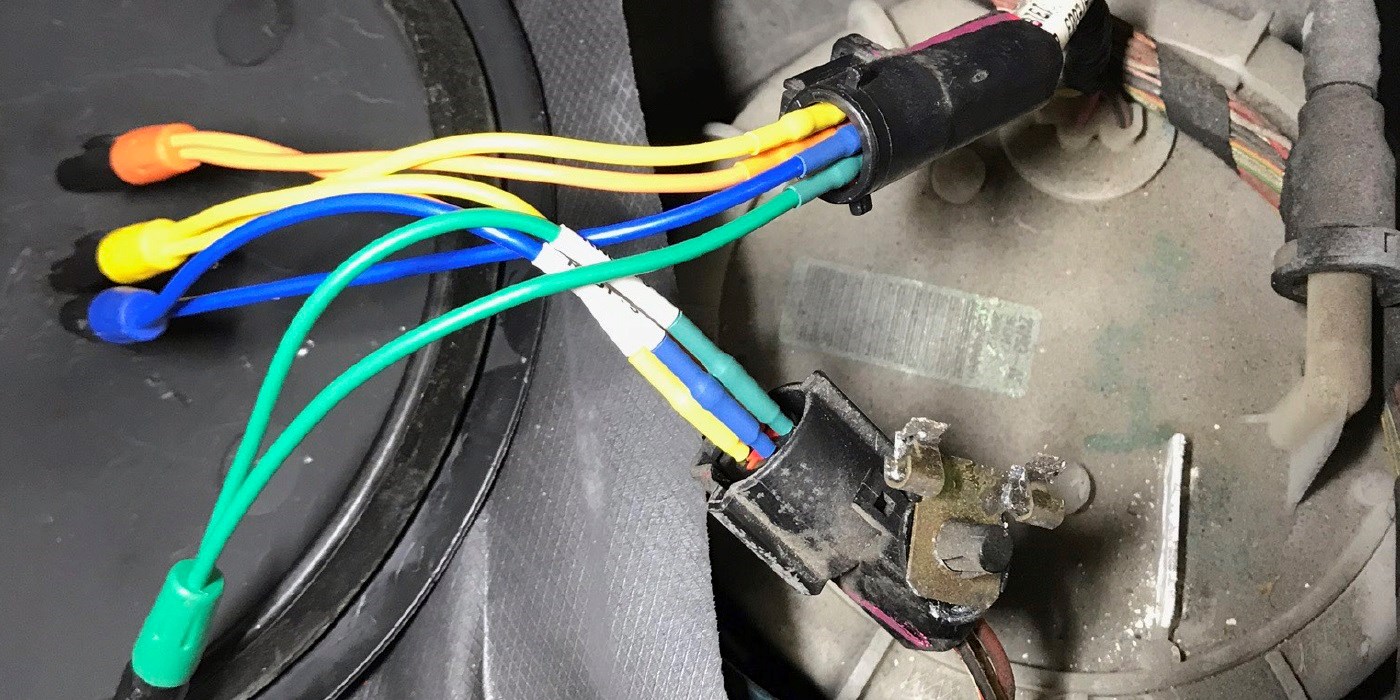
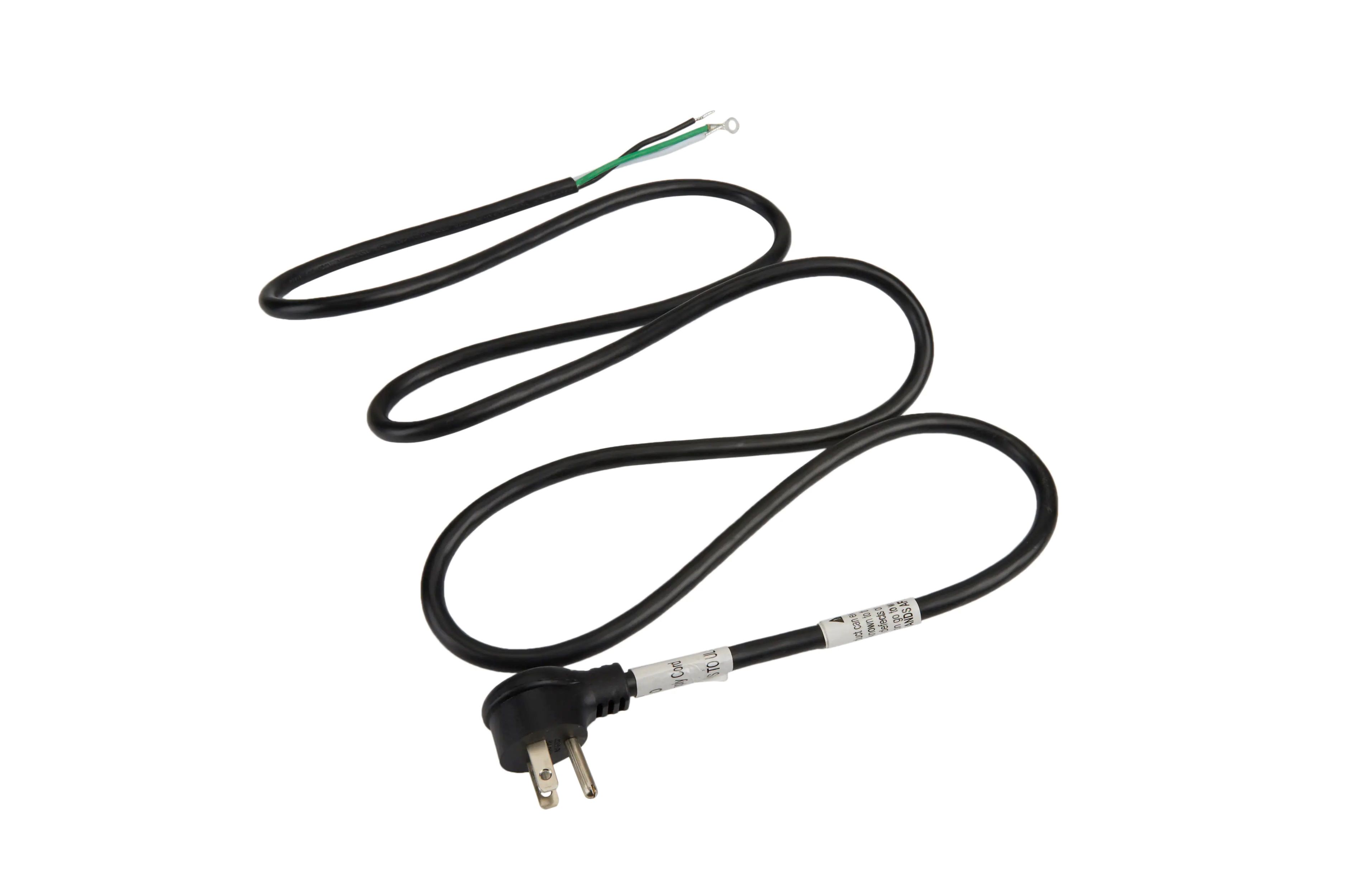
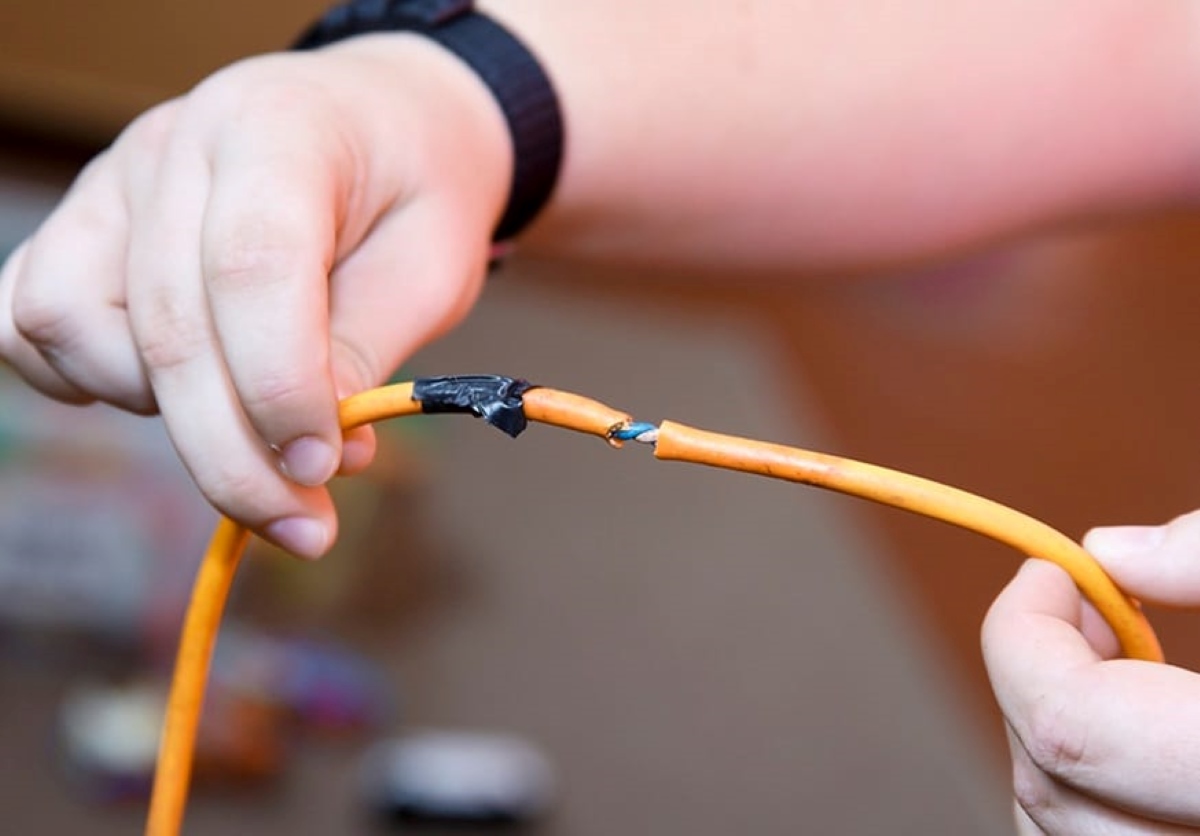

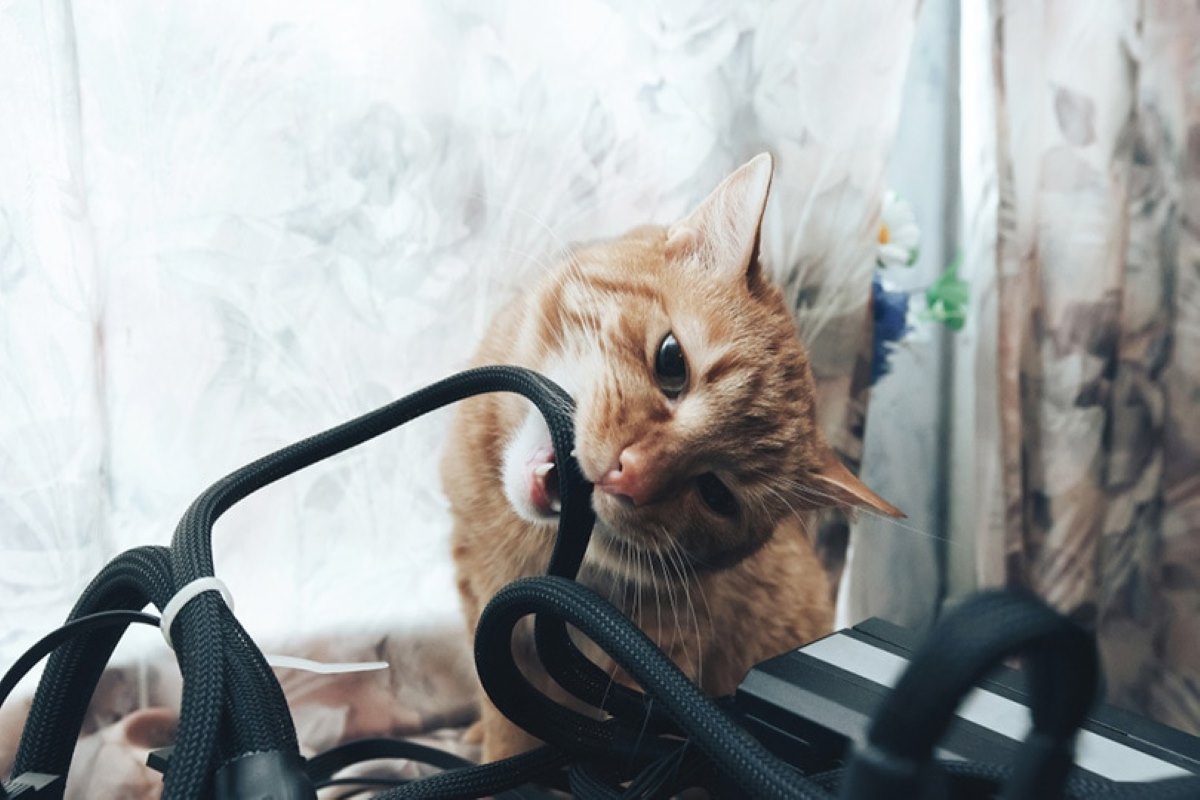
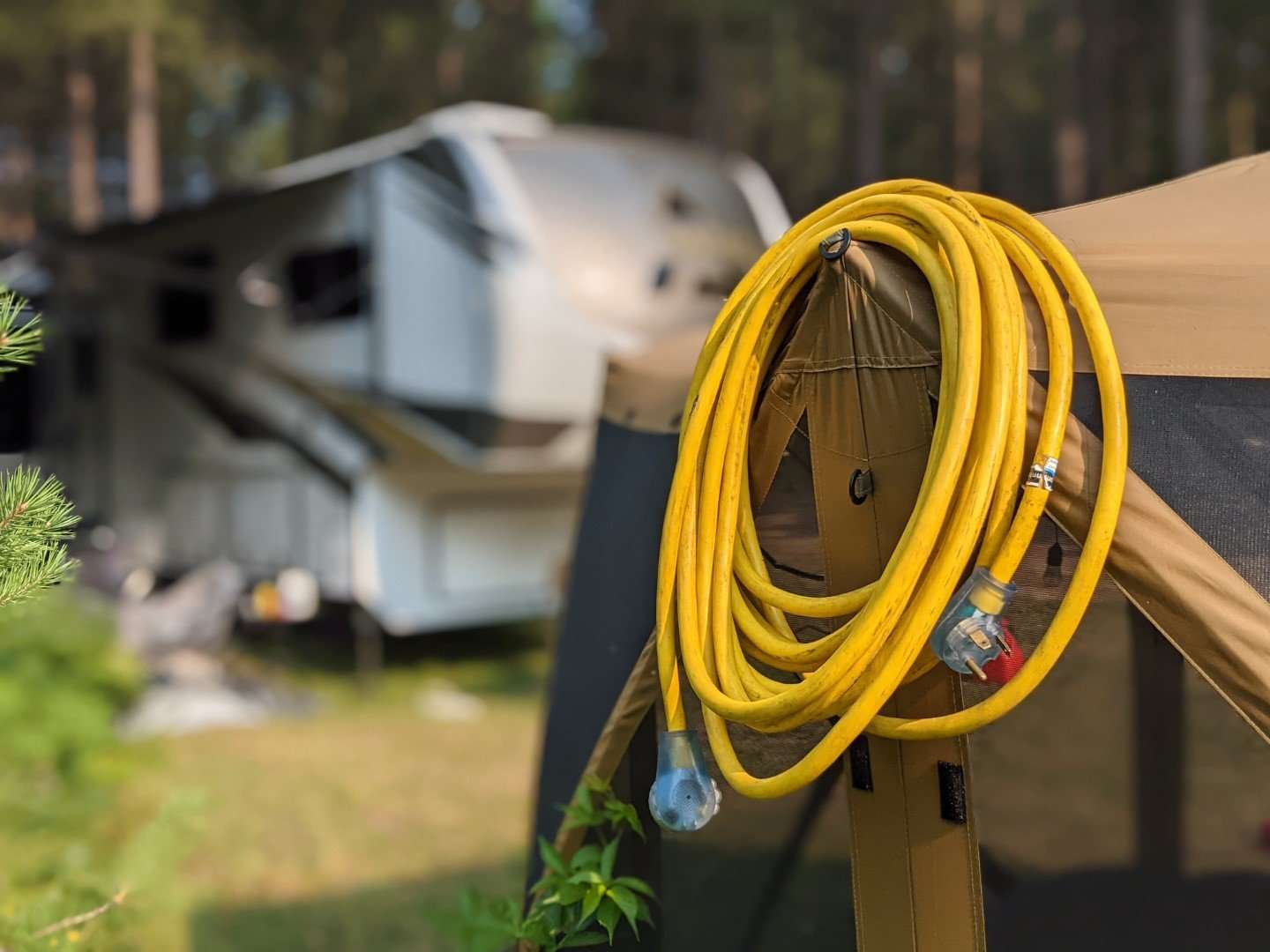
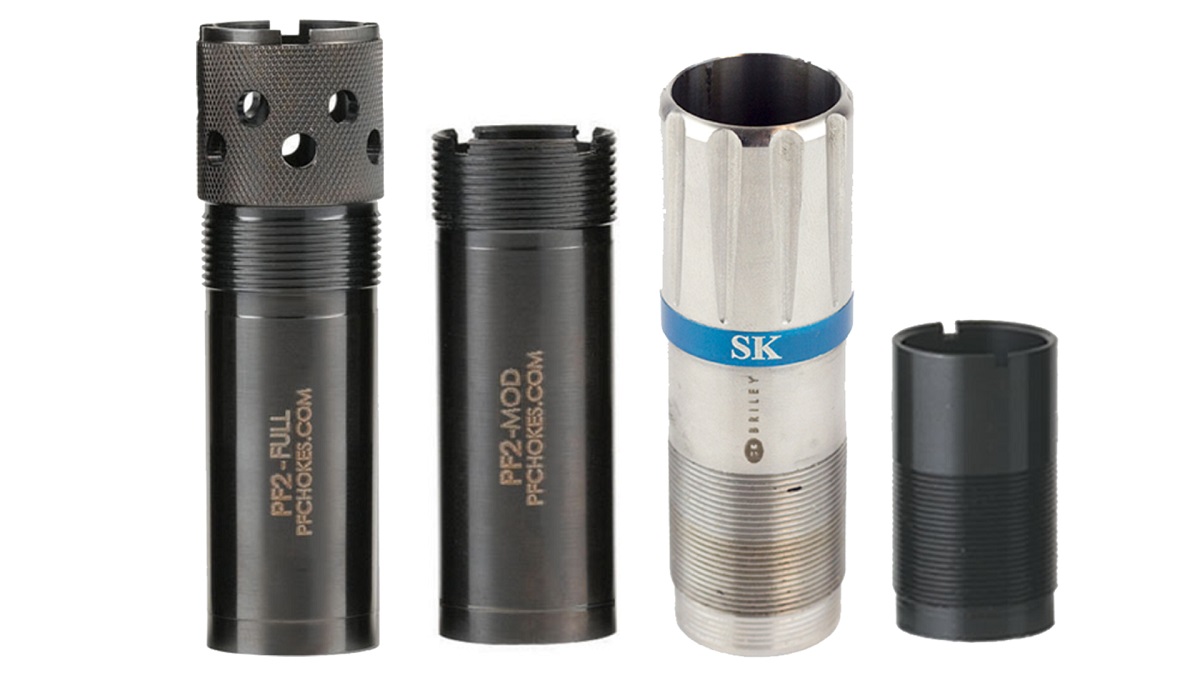
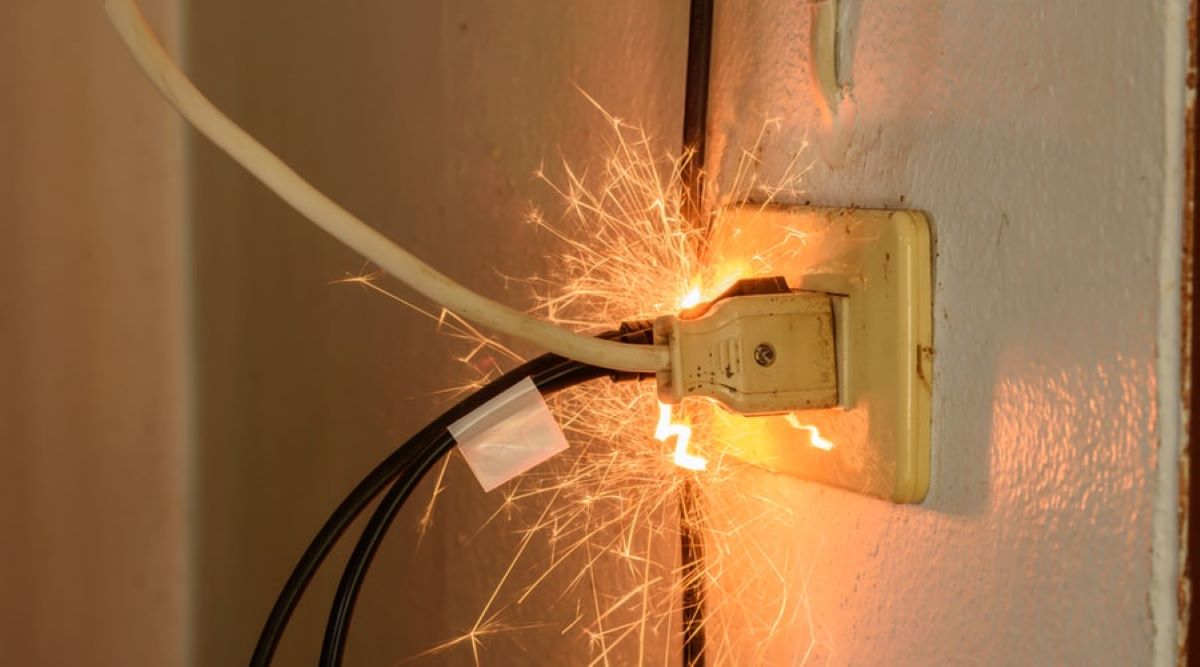
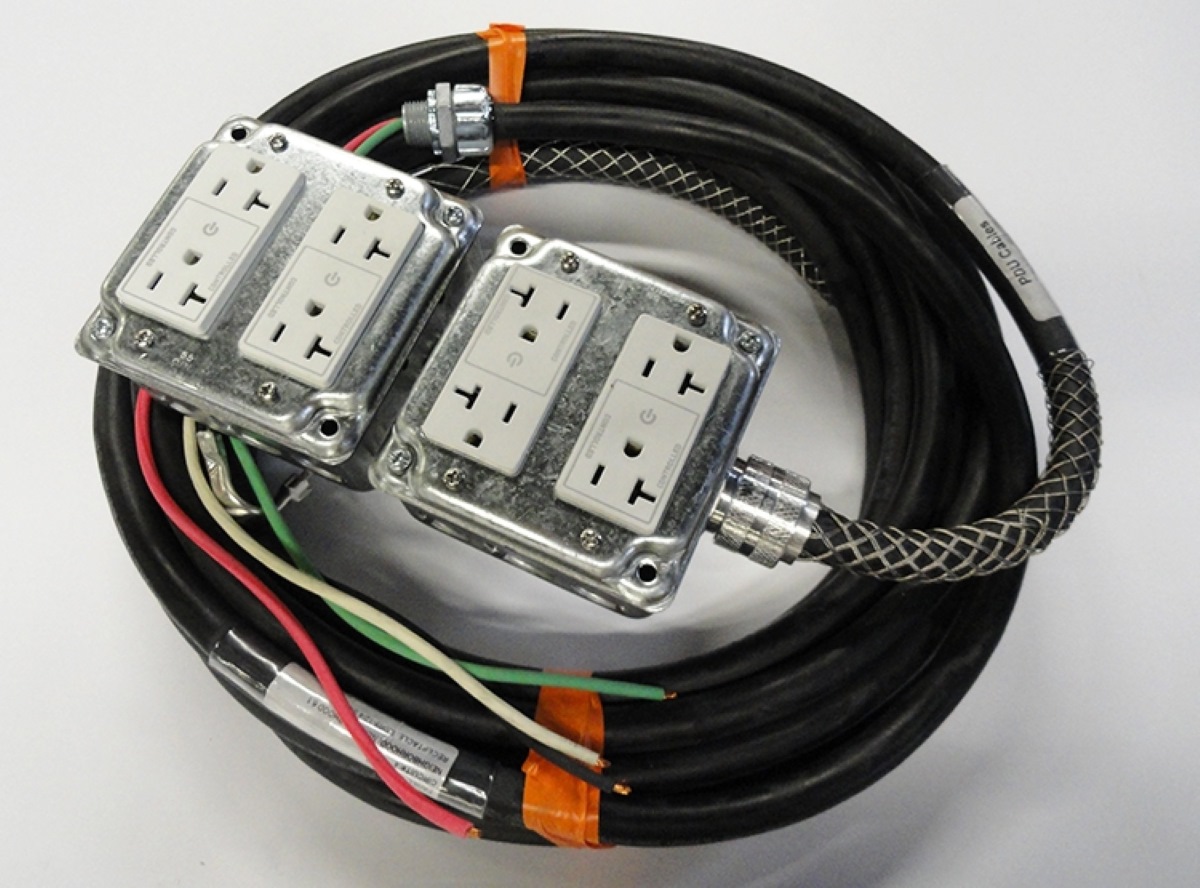
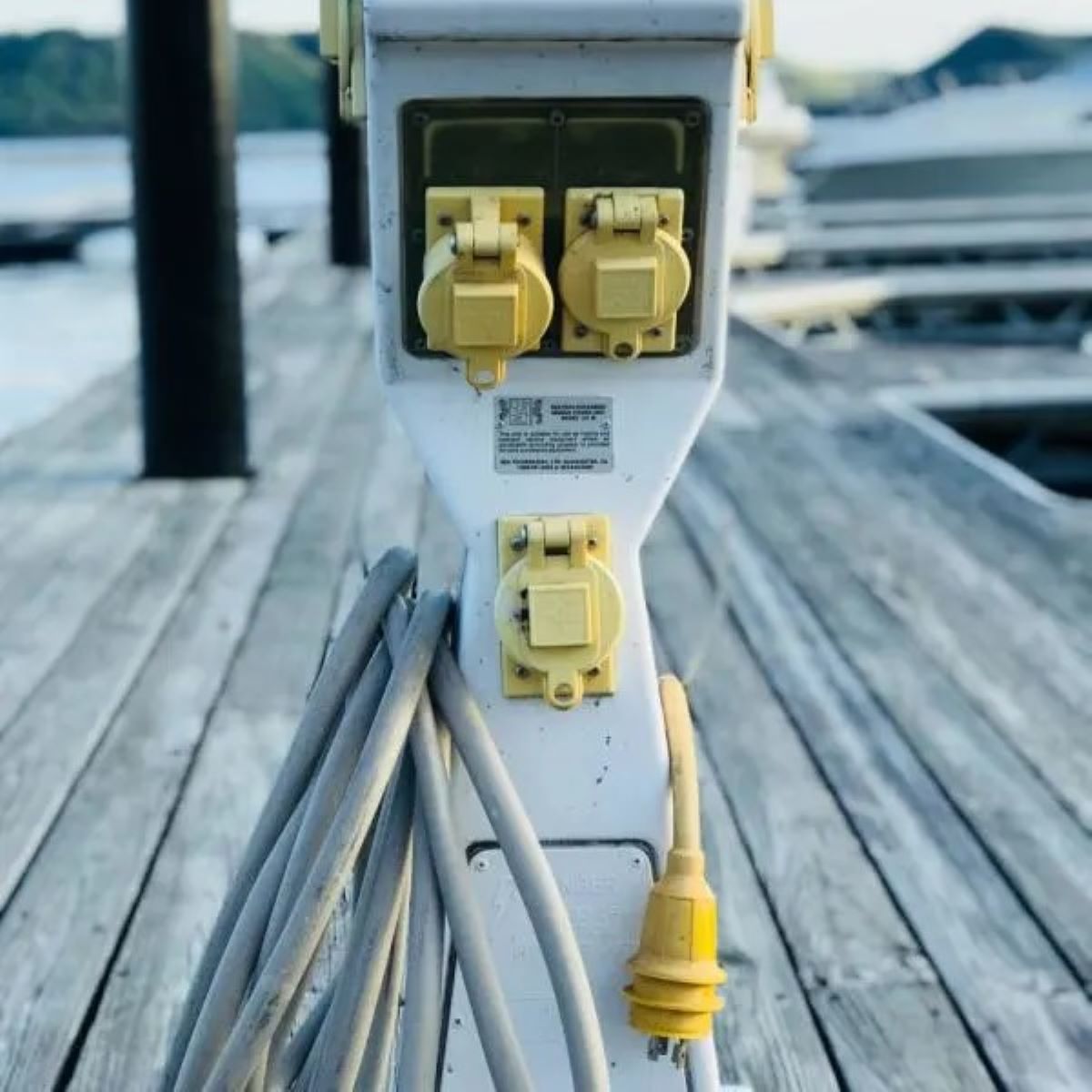

0 thoughts on “What Is An Electrical Cord Choke”